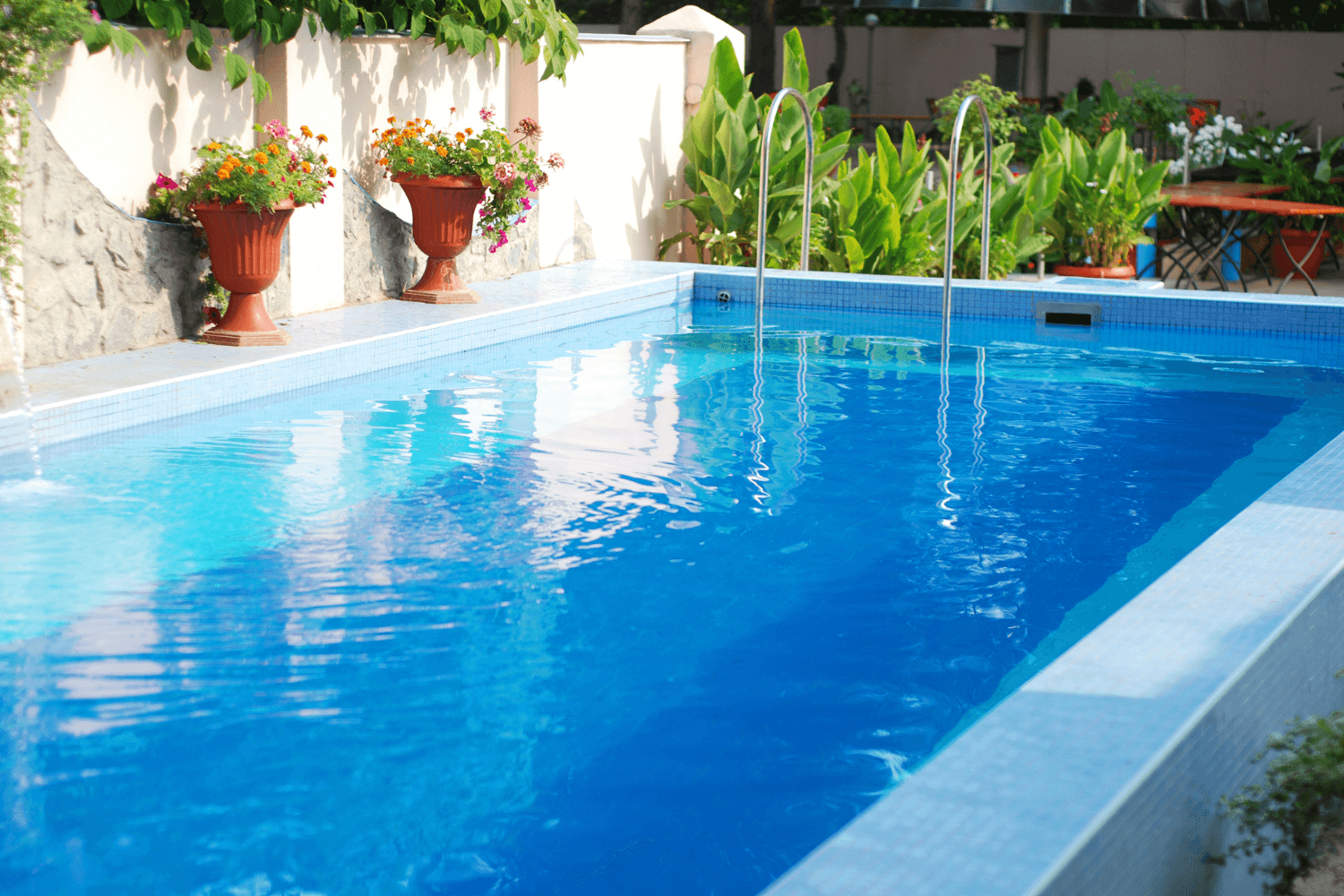
Upgrading Your Existing Pool Fence: DIY Options for 2025
Find the best pool fence options for upgrading your DIY removable mesh pool fence. These are our top suggestions to get the pool fence idea juices flowing.

Most people understand that electricity and water don’t mix, but modern swimming pools rely on electrical equipment to keep them warm, clean, well-lit, and sometimes covered. Electrical shocks can be dangerous on dry land, but swimming pool electric shocks come with increased risks, which is why it’s so important to learn about and respect the electrical hazards you may encounter in and around the pool area. It’s part of creating a safer swimming pool area and protecting your friends, family, and pets from potential electrocution and accidental drowning injuries.
Water and electricity are similar in that both want to flow through the path of least resistance. For water, this means where directed by your pool pump or where gravity pulls it to. For electricity, that means through the material that offers the least impedance as it seeks to complete a circuit. Water is a poor conduit for electricity, but a wet human body offers a far more efficient path. The best way to avoid electrical injuries is to understand the potential of electricity and water to create a dangerous path for the current and provide a safer circuit that manages that flow, directing it away from people and pets. An electrical flow that routes through the human body can be painful, cause a loss of consciousness, or even stop the heart of the victim.
Your first step to preventing swimming pool electric shock injuries is identifying possible sources of electrical current around your pool. While every pool is unique, there are a few common electricity sources to keep an eye on.
With so many shock hazards, keeping electricity and water apart can seem daunting. There are steps you can take to limit the risk to your loved ones.
Your independent All-Safe Pool installer is your local source for the top swimming pool safety equipment on the market. They’ll schedule a visit, take measurements, and prepare a customized quote that lays out your pool protection options.
There’s no cost or obligation to get started. When you schedule your free quote, you’re taking the first step toward a safer swimming pool for your loved ones. Get the peace of mind that comes with a safer swimming pool with professionally installed safety barriers from your All-Safe Pool pro today.

Find the best pool fence options for upgrading your DIY removable mesh pool fence. These are our top suggestions to get the pool fence idea juices flowing.

The top pool fence accessories can help you get the most from your backyard oasis. Take a look at our top recommendations and learn how to pick the gear that’s right for your pool safety fence installation.

Building a fence on uneven ground doesn’t have to compromise your family’s safety. Learn our top tricks for measuring and understanding your land’s dips, bumps, and slopes so you can keep your loved ones safe.
Enter your zip code to locate an independent installer in your area
Enter your zip code to locate an independent installer in your area
Enter in your zip code to let us know where your pool is located.
Due to the many variations in monitors, phones, and browsers, color samples and product examples may appear different on different screens. Computers and mobile devices are not all calibrated equally and color reproduction on the Internet is not precise. The same is true for printed items such as brochures and other sales literature.
In addition, the colors of our products photograph differently under different lighting conditions. For example, photos taken in full sunlight will vary from photos taken on a cloudy or overcast day. Similarly, shadows from nearby objects can affect the color and transparency of our products. If a precise color or specific shade is important, please inspect the actual color of your product prior to installation.
Many of our products’ materials are not available through typical stores and vendors and therefore must be custom manufactured specifically for our use. In order to control costs and provide you with the best value possible, our raw materials are produced in large batches and can often take several months to receive. The colors of our materials can, and often do, vary slightly from batch to batch. Although we make every effort to minimize color variations, we cannot be responsible for these differences when they occur. If a precise color or specific shade is important, please inspect the actual color of your product prior to installation.
For example, we use the name “putty” to describe some of our products. Your idea of the color “putty” may be different than someone else’s idea of “putty”. In addition, products may have the same color name but may not be the exact same color. For example, we have different shades of “black”. Please do not order using color names as your only guide. If a precise color or specific shade is important, please inspect the actual color of your product prior to installation.
If it is important that your product be an exact color or shade, it is highly recommended that you inspect the actual product prior to its installation and address any concerns with your local independent installer. Most independent installers do not offer refunds or accept returns due to color variations.